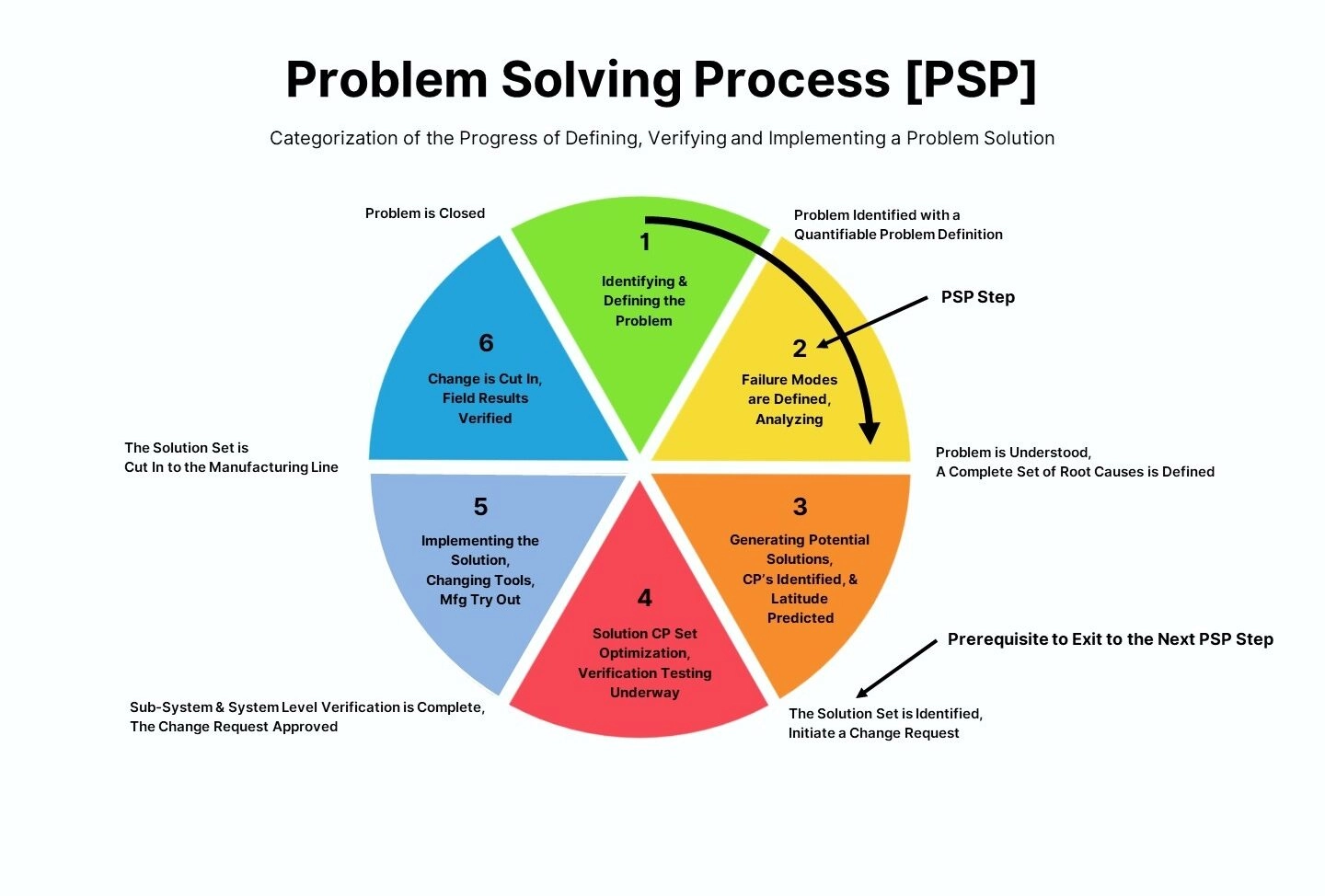The supply chain is the art of applying engineering intelligence to convert raw materials from suppliers into consumer products in a safe manner
What are the Challenges in supply chain management?
Supply chain challenges include material, Labour availability & pricing, lack of traceability, increased shipping cost, demand forecasting, and communication gaps.
Why do we need supply chain management?
The goal of supply chain management (SCM) is to improve efficiency, quality, productivity, and customer satisfaction. SCM involves activities such as procurement, management, and storage of raw materials, manufacturing, and the moving, delivery, and storage of finished goods.
Disruptions in SCM?
- Manpower shortages: Labor shortages can limit the reliability and affect the seamless flow of supply.
- Lack of demand forecast: Sudden spikes in demand can challenge businesses to meet increased customer expectations.
- Technology Advancement: Supply chain being a bigger network-operated process, needs technology advancement in process tracking, and planning. Lack of technology is a threat.
- Logistics & Regulatory hurdles: Regulatory hurdles can cause supply chain disruptions. Government regulations may vary from country to country, making it difficult to manage the supply chain. When sourcing cheap materials from different countries, challenges in importing or exporting can lead to disruptions.
- Pricing fluctuations: Pricing fluctuations can significantly impact supply chain stability. Factors such as changes in market demand, raw material costs, and economic conditions can lead to unpredictable price changes.
How to mitigate supply chain disruption?
1. Vendor Selection
The vendor selection process typically involves multiple stages of audits to assess the capabilities of potential suppliers. This may include evaluating their team strength, machine availability, in-house capacity, quality assurance (QA) and quality control (QC) processes, and warehouse capabilities.
Establishing a non-disclosure agreement (NDA) with vendors is essential to ensure the confidentiality of client assets and proprietary information.
2. Demand Forecasting
Organizations analyze long-term demand forecasts to assist in planning and inventory management. This analysis helps in making recommendations to buyers for preplanning and aligning supply with anticipated demand.
3. Pricing Strategies
To address pricing fluctuations, companies often negotiate long-term supply contracts with vendors. This approach can lead to more stable pricing and cost savings over time. Additionally, strategic investments in vendor partnerships can enhance process improvements and increase overall productivity.
4. Logistics Management
An effective logistics system involves partnerships with various transportation options, such as air and sea freight, allowing organizations to choose the best method based on lead time requirements.
Engaging subject matter experts (SMEs) can help navigate regulatory compliance and avoid delays related to logistics and shipping.
5. Technology Utilization
Implementing an ERP (Enterprise Resource Planning) system aids in project planning and real-time progress tracking, ensuring effective management of lead times.
Emphasizing design for manufacturability and conducting stage-wise quality inspections throughout the supply process can minimize the risk of product rejections and enhance overall supply chain efficiency.
AUTHOR
Saravanan Kottieswaran
Assistant Manager Manufacturing, Srushty Global Solutions
As a Mechanical Engineer with extensive expertise in Vendor management, metal fabrication, CNC machining, and injection molding, he brings a wealth of expertise in overseeing production processes, optimizing workflow efficiency, and ensuring high-quality output. His dedication to building strong client relationships and passion for innovation and continuous improvement in manufacturing techniques make them an invaluable asset to our team.


























